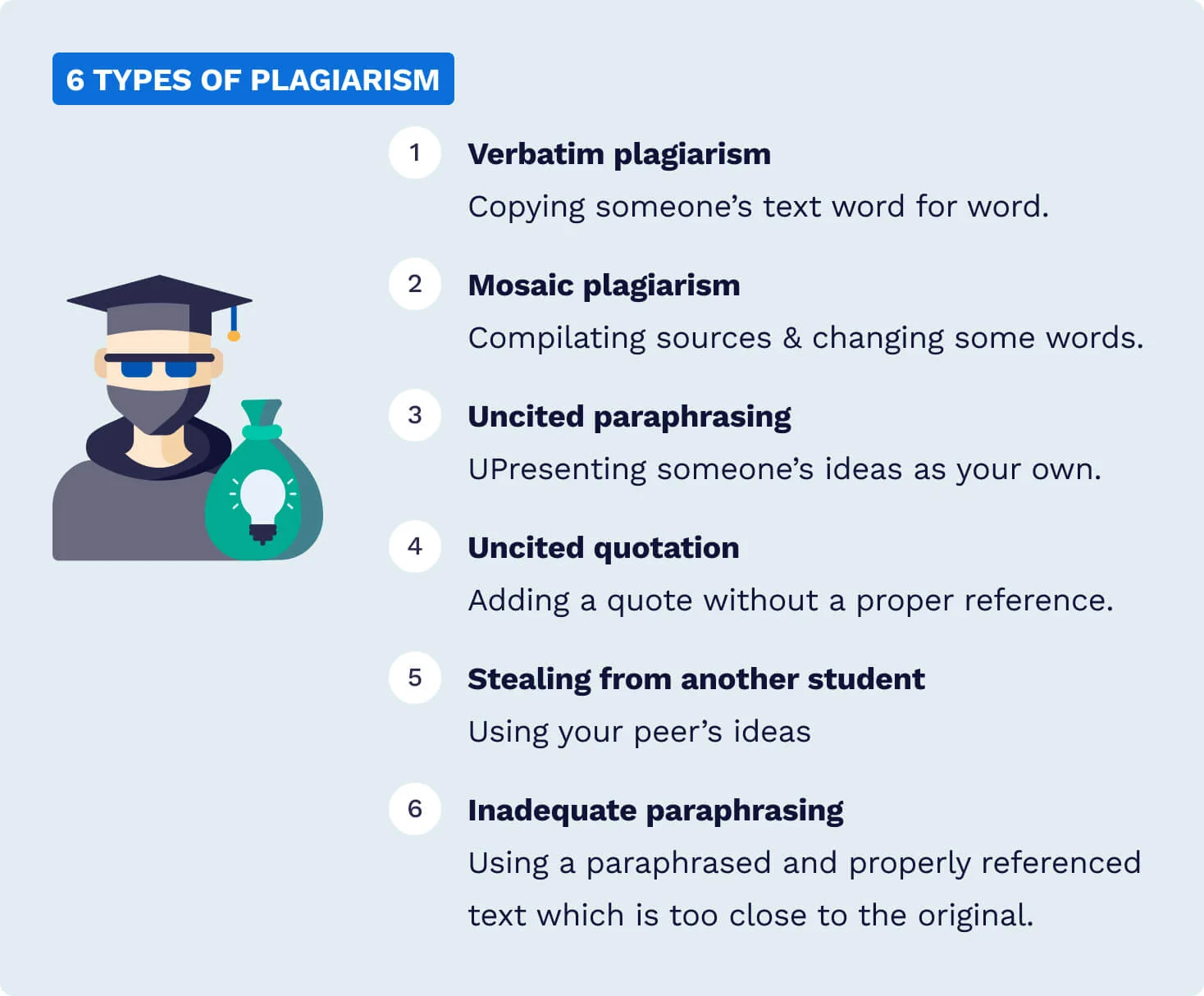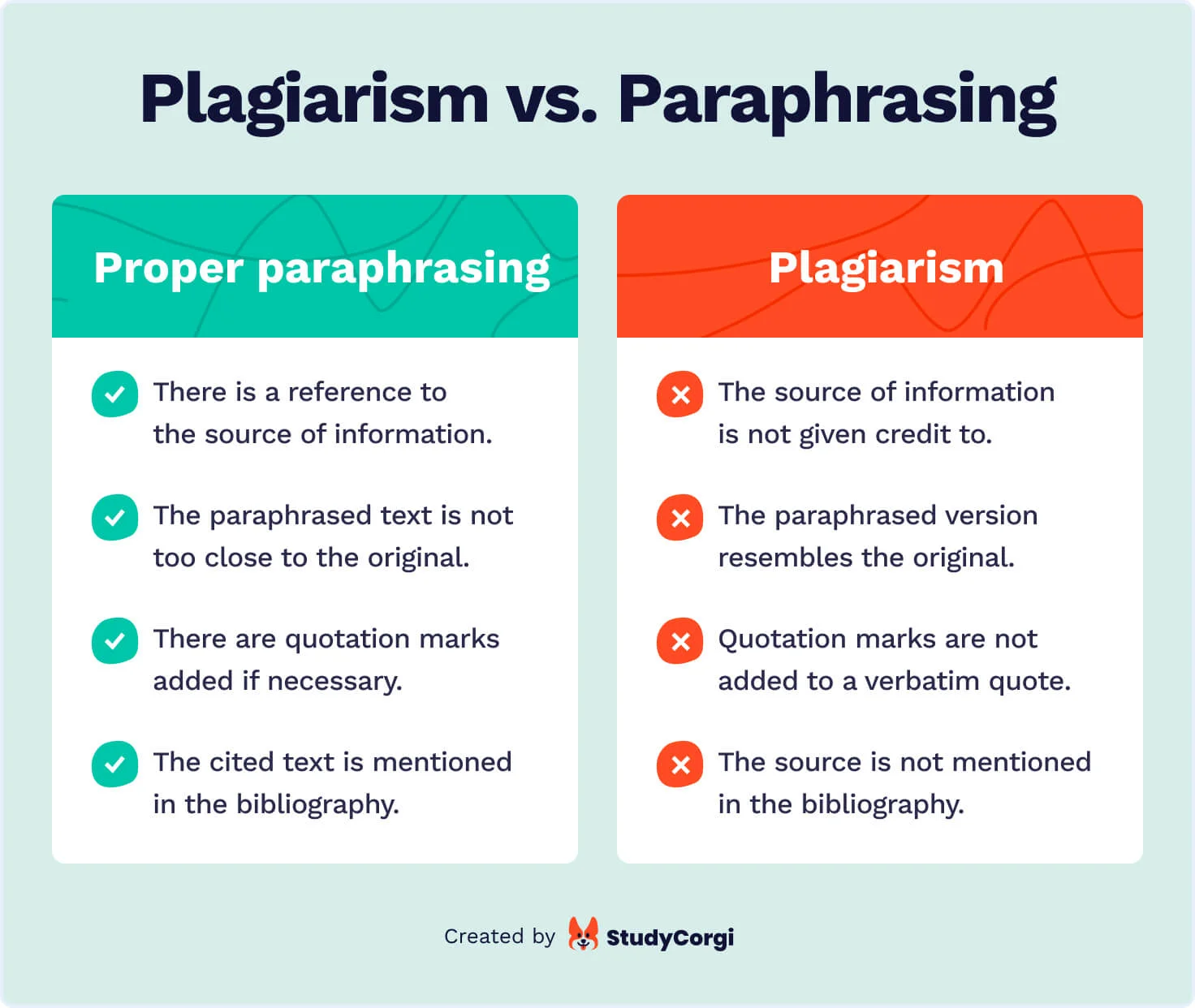👍 Research Paper Paraphrasing Tool: 4 Benefits
Here are the key benefits of this sentence rewriter.
In other words, this paper rewriter is:
- VERY Simple: The app is intuitive, so you won’t have to waste your time making sense of its features and adjustments. All you need is a browser and Internet connection.
- VERY User-Friendly: The paper rewriter can change separate phrases and paragraphs in texts up to 10,000 characters. This benefit is convenient when you intermingle rephrasing with software and manual rewording. And by the way, it has been developed for students, i.e., its vocabulary has all the necessary terms for academic papers.
- VERY Fast: There’s no need for registration or any other additional steps. Just follow the link, paste your text, and press the button.
- VERY Helpful: It helps to differentiate your text, as most people have a limited active vocabulary. Thus, it eliminates all the forms of plagiarism, which you can learn about in the next section.
👿 Research Paraphrasing as a Way to Avoid Plagiarism
Plagiarism takes any idea or words of someone else without crediting the source, no matter if it has a specified author.
In other words, plagiarism is stealing another person’s work (even if you take its small part only).
This practice is unacceptable in academic situations and will be punished.

There are 6 most common types of plagiarism:
- Verbatim plagiarism happens when you copy someone else’s text word for word. This type includes the situations when you insert a copied text within your own writing. It is severe plagiarism.
- Mosaic plagiarism happens when you copy information from one or several sources, changing some words. You neither paraphrase the sources nor include direct citations. It is severe plagiarism.
- Uncited paraphrasing happens when you describe another author’s ideas in your own words as if they were your idea. It can be done either manually or automatically. Anyway, when you paraphrase any text without putting a reference to the original, it is moderate plagiarism.
- Uncited quotation happens when you put another author’s text in quotation marks without adding a proper reference to the source. It is mild plagiarism.
- Inadequate paraphrasing happens when you indicate the source of the text, but your version of the wording is very close to the original. It is moderate plagiarism.
- Stealing from another student happens when you use your peer’s ideas. They may have expressed those in class or written them in their notes. It is severe plagiarism.
Consequences of Plagiarism
Any type of plagiarism entails severe consequences. Depending on the gravity of your guilt, the following measures are possible.
Grade Penalty
You will be given an automatic zero or a low grade for the assignment for mild plagiarism. But if your task was a term paper, the negative mark is quite an issue. Below is an example for which you might receive such a punishment. There is no indication of the quotation source, although the inverted commas are in place.
Example:
The name clearly shows that breeders from the Pembrokeshire area (Wales) developed the Pembroke Welsh corgi. “The Cardigan Welsh corgi was undoubtedly used in the development of this breed.”
Failing the Course
You can fail the entire course for having committed moderate plagiarism. Below is an example. Very few words are changed there: it is an inadequate paraphrase.
Example:
Source text: As tail docking is forbidden in many countries, breeding Pembroke Welsh corgis with a naturally short tail is becoming increasingly common.
Your text: As mentioned by A. Indrebø et al., tail docking has been forbidden in many countries, and breeding Pembroke Welsh corgis with a short tail is becoming increasingly common. (Very few words changed: it is an inadequate paraphrase).
Dismissal
For severe plagiarism, academic probation or dismissal will be held against you. Below you can find an example of mosaic plagiarism, which might cause such problems for you.
Example:
Source 1: The AKC and other kennel clubs establish the highest breed standards.
Source 2: When you breed corgis by these standards, they are unlikely to inherit any severe health conditions.
Your text: The AKC and other kennel clubs establish the highest breed standards, so when you breed corgis (and other dogs) according to these standards, they are unlikely to inherit any severe health conditions.
Rejected application
If you plagiarize any part of your college application (cover letter, for instance), most admission officers will disregard your package of documents in 99% of cases.
✍️ How to Paraphrase a Research Paper without Plagiarizing?
You should be extremely cautious in your writing since even unintended plagiarism is no excuse. If you wish to know how to reword your paper so as not to fall across sanctions, we’ve selected the best paraphrasing strategies.
Plagiarism vs. Paraphrasing
How can I prepare my paper without plagiarizing if even paraphrasing is sometimes forbidden? This question is complicated only in one situation if you don’t know the difference between the two Ps. Feel free to paraphrase without fearing the negative consequences (as described in the previous section) but bear in mind this formula.

Paraphrasing = Plagiarism, if:
- There is no proper credit to the source of the paraphrased information;
- The text of your paraphrase is very close to the original (even if you have referenced it);
- You forget to put quotation marks and provide verbatim paraphrases.
- Your bibliography does not give credit to the cited text (even if there’s an in-text citation).
Effective Paper Rewriting: 6 Steps
Before we give you any advice on how to make a new paper from an old one, we need to warn you.
Never set your hands on any rewriting work (whether it is your source article or essay or not) if you haven’t read it from beginning to end and it is not fresh in your memory.
Once you’ve done that, follow these steps section by section:
- Reread the first paper section so that you understand its meaning.
- Set the original paper aside and retell it on a piece of paper or type the paraphrase on your computer.
- Mark your writing, indicating the section you worked on, its original and final word count, and any other information you may need later.
- Check if your rendition is accurate in terms of information and correct grammar.
- Whenever you borrow any language from another literature, use quotation marks and cite the source. Note down the author’s name, the book or article, and the page where you found the information to facilitate creating the bibliography list.
- Move on to the following paper section and repeat these steps from the beginning.
Although manual paraphrasing according to our steps above will be top-quality, we insistently suggest you to save your time and do the same in our paper rewriter.
Paraphrasing Example
Below you can read our paraphrased fragment of Nelson Mandela’s speech he wrote back in 1964. The full text of the speech can be found by following the link.
Example:
The policy of white supremacy is the direct cause of the Africans’ lack of human dignity because it presupposes the inferiority of black people. Furthermore, the legislation preserving white supremacy makes this notion even stronger. Only Africans are invariably used to toil in servitude in South Africa. Whenever a white man needs a carrier or cleaner, they will look for a black person to do it for them, regardless of whether such a person works for them. Such an attitude gives the basis for whites’ particular perception of Africans as another breed. White people never treat them as human beings with their needs and emotions.
💡 How to Paraphrase a Research Title
The key to successfully rephrasing a research title is to keep the main idea of the work in a new word combination.
- Start by understanding what the work is about and what its main concepts are.
- Then define synonyms for these concepts.
- Think about how you can rearrange the word order in a research title so it doesn’t lose its original meaning.
- In the end, make sure the new title is concise, clear, and neatly conveys the central message of the research.
Thank you for reading this article! If you are not completely satisfied with the result of paraphrasing, try one of our highly specialized tools for various types of content:
- Essay rephraser
- Paragraph rewriter
- Sentence rewriter
- Phrase rewriter
- Paper rewriter
- Thesis rephraser
- Text reworder
- Poem paraphraser
- Essay reworder
Updated: